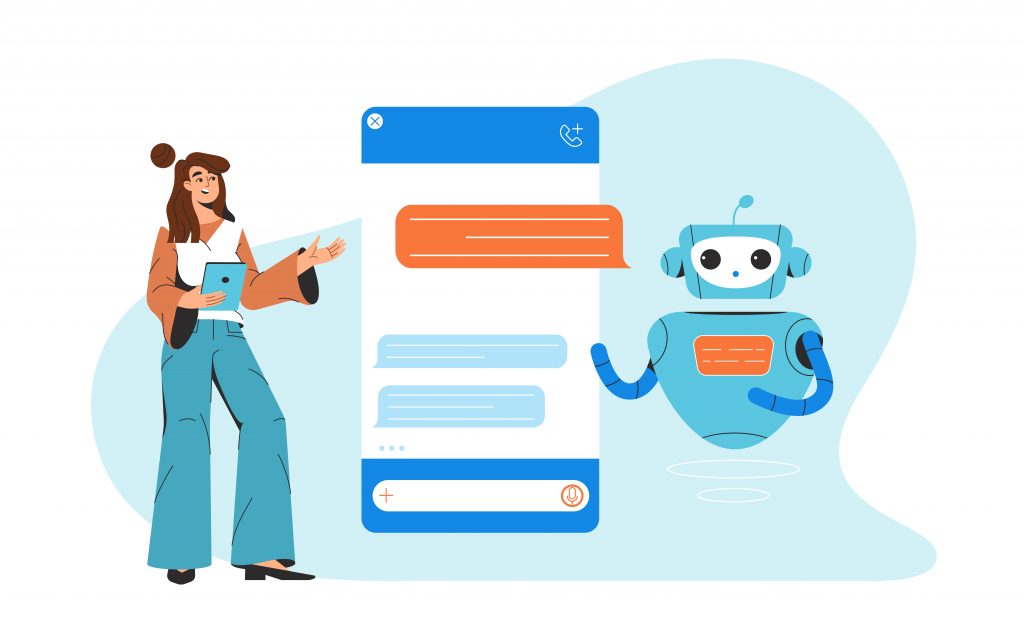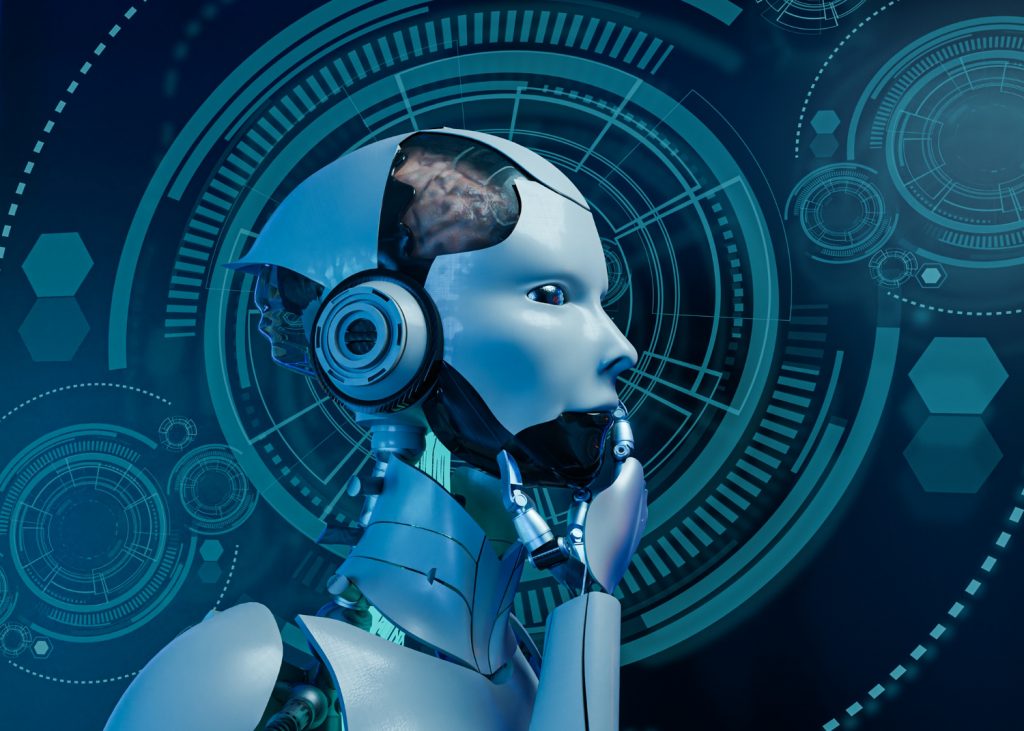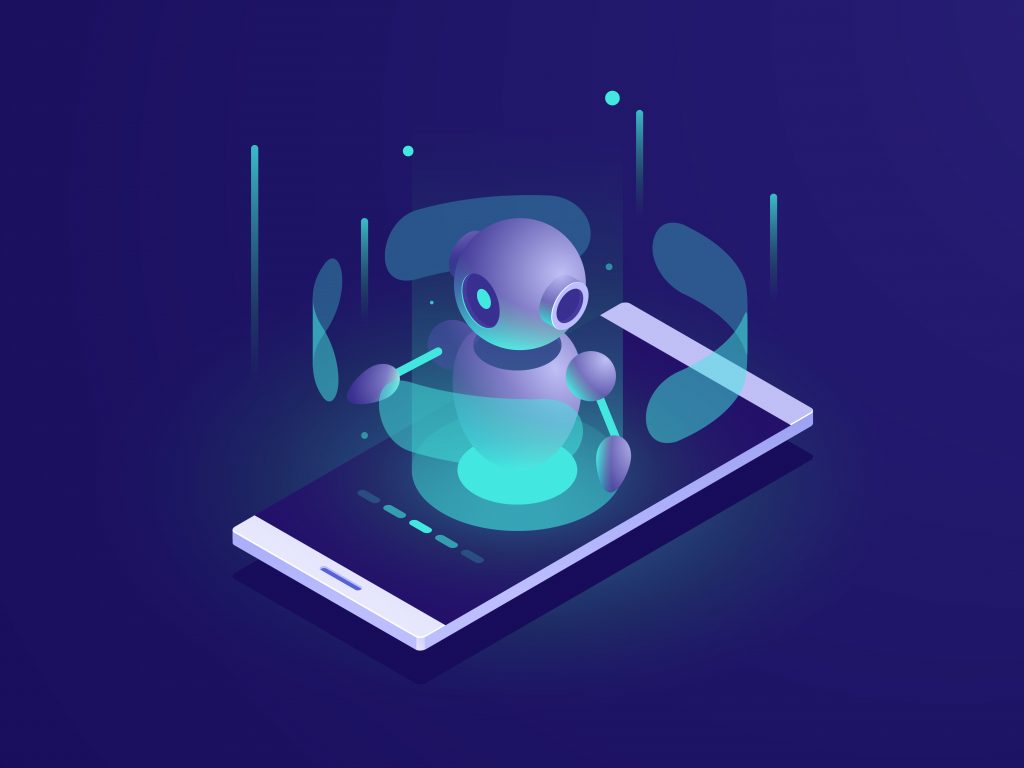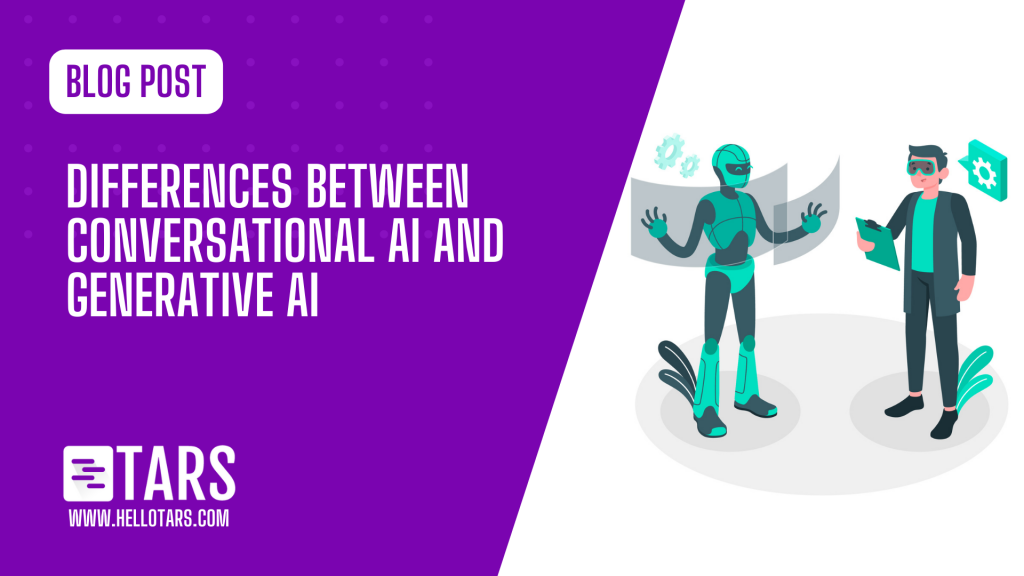If you’re interested in artificial intelligence (AI), you’ve probably heard of conversational AI and generative AI. These two types of AI are often compared and contrasted and for good reason. These two genres of AI have some key differences that are important to understand.
In this blog post, we’ll explore the differences between conversational AI and generative AI and how they are used in real-world applications.
What is Conversational AI?
Conversational AI is a type of artificial intelligence that enables computers to understand and respond to human language. It is often used in applications such as chatbots, voice assistants, and virtual agents. Conversational AI works by using natural language processing (NLP) to analyze and understand human language, and then generating a response that is as human-like as possible.
Benefits of conversational AI include improved customer experiences, increased efficiency, and cost savings. For example, a customer service chatbot can provide instant responses to common queries, freeing up human customer service agents to handle more complex issues.
What is Generative AI?
Generative AI is a type of artificial intelligence that creates original content, such as text, images, or music. It is often used in applications such as text generation, image synthesis, and music composition. Generative AI works by using deep learning algorithms to analyze patterns in data, and then generating new content based on those patterns.
Benefits of generative AI include increased creativity and productivity, as well as the potential for new forms of art and entertainment. For example, a generative music composition tool can create unique and original pieces of music based on a user’s preferences and inputs.
Key Differences between Conversational AI and Generative AI

The main difference between conversational AI and generative AI is – conversational AI is designed to understand and respond to human language, while generative AI is designed to create original content.
Here are some other key differences:
✅Input/output: Conversational AI takes in human language as input and generates human-like responses as output, while generative AI takes in data or inputs and generates new content as output.
✅Purpose: Conversational AI is used to facilitate communication between humans and machines, while generative AI is used to create new content.
✅Capabilities: Conversational AI is limited to understanding and responding to human language, while generative AI can create a wide range of content types.
✅Training data: Conversational AI requires a large amount of training data to understand and respond to human language accurately. Generative AI also requires training data, but the focus is on analyzing patterns in the data rather than understanding human language.
✅Use cases: Conversational AI is used in a variety of applications, such as customer service, language translation, and personal assistants. Generative AI is used in applications such as art, music, and fashion design.
✅Realism vs. creativity: Conversational AI is designed to be as realistic and human-like as possible in its responses, while generative AI is designed to be creative and generate original content.
✅Feedback loop: Conversational AI can improve its accuracy and effectiveness through feedback from users, while generative AI can improve its output through reinforcement learning and other techniques.
While conversational AI and generative AI are often compared, it’s important to understand that they are designed for different purposes and have different capabilities.
Conversational AI use cases:

✅Customer service: Conversational AI is widely used in customer service applications to provide quick and efficient responses to common queries. This can free up human customer service agents to focus on more complex issues and improve overall customer satisfaction.
✅Personal assistants: Conversational AI is also used in personal assistant applications such as Siri, Alexa, and Google Assistant. These applications use natural language processing to understand and respond to user requests, such as setting reminders, playing music, or providing information on the weather.
✅Language translation: Conversational AI can be used to translate languages in real-time, allowing for seamless communication between people who speak different languages.
✅Education: Conversational AI can be used in educational applications to provide personalized learning experiences for students. For example, a conversational AI tutor can adapt to a student’s learning style and pace, providing real-time feedback and assistance.
Generative AI use cases:

✅Art and design: Generative AI is often used in the creation of art and design, such as digital art, fashion design, and architecture. For example, a generative design tool can create unique and original designs based on specific parameters and inputs.
✅Music and sound: Generative AI is also used in the creation of music and sound. For example, a generative music composition tool can create original pieces of music based on a user’s preferences and inputs.
✅Content creation: Generative AI can be used to create a wide range of content types, including text, images, and videos. For example, a generative text tool can write news articles or product descriptions, while a generative image tool can create unique and original images based on specific inputs.
How to Leverage the Power of AI to Enhance Business Operations

At TARS we believe in making AI more accessible for everyone. You can simply book a free demo and our team will be happy to offer a consultation on how you can use the power of AI to meet your business needs.
We recently released an AI chatbot-builder that can help anyone build AI chatbots in under a minute. And you don’t need any coding knowledge to use it. Check out all the details about the tool and how to use it here 👉 Tars Prime blog
You can also try out the tool yourself by clicking here 👉 Try Tars Prime
TARS chatbots are omnichannel and can be used on websites, mobile apps and even text messages. We specialize in providing tailored AI solutions to specific business needs. And you can integrate our bots with your favorite CRM as well.
TARS has deployed bots for multiple industry giants which includes – American Express, Vodafone, Nestle, Adobe, Bajaj, and many more. Book a free demo today to start enjoying the benefits of our omnichannel chatbots.

I am a creative thinker and content creator who is passionate about the art of expression. I have dabbled in multiple types of content creation which has helped me explore my skills and interests. In my free time, I indulge in watching animal documentaries, trying out various cuisines, and scribbling my own thoughts. I have always had a keen interest in blogging and have two published blog accounts spanning a variety of articles.

0 Comments on "Differences between Conversational AI and Generative AI"